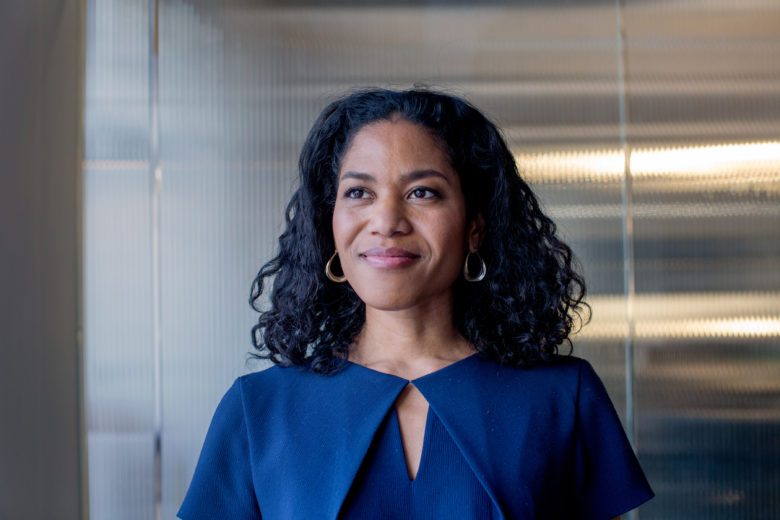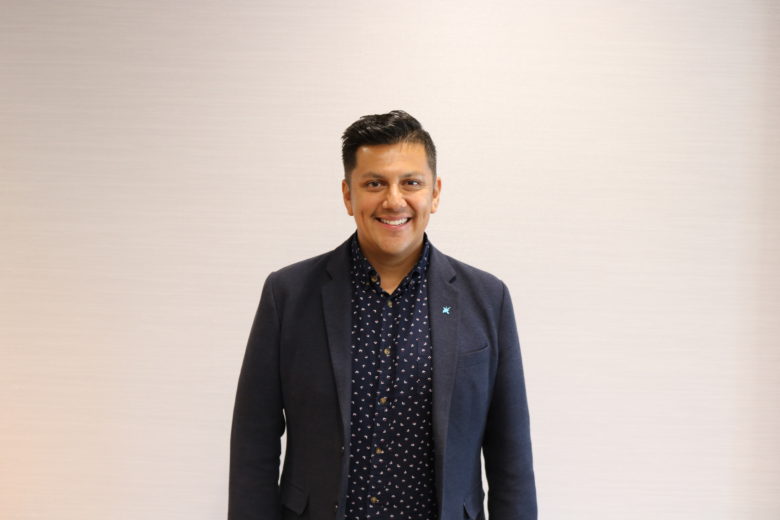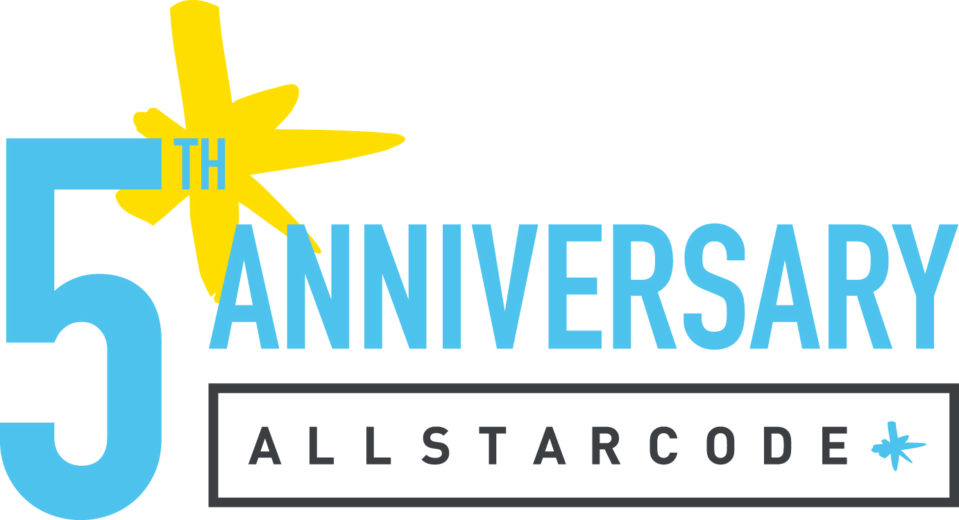It’s no secret that there is lack of diversity in the tech industry. As a result, one would think that efforts to solve the problem would be at an all-time high. Yet, a recent survey conducted by Atlassion found otherwise. While a majority believe in the need for diversity and inclusion in tech, there has actually been a 50% decrease in participation in diversity initiatives year over year.
Enter All Star Code. A not-for-profit organization founded by Christina Lewis-Halpern, the mission is to provide young men of color access to the field of technology through a summer intensive where participants develop foundational skills in computer science, coding and as we found out, much more.
Halpern, who also serves as CEO and Danny Rojas, Vice-President of Programs chatted with ‘LLERO about the organization’s mission and why it is more than its constituency that sets All Star Code apart from others.
‘LL: All Star Code is different from other coding programs in that it has a focus on soft skills. What was the genesis for that?
Christina:
I spent a full year designing the program and that was included in the design from the very beginning. I spoke to over 150 people in a combination of philanthropy work, code organizations, foundations, philanthropists, people unable to break into tech, people of color who were successful in tech companies. I also went to a convention with over 1,000 entrepreneurs and could not find a single Black or Latino person doing product development in a VC backed firm. I noticed even well-off people of color are not able to access the industry, so this not about economic well-being. This is about more than that. It was about acquiring a set of skills, credentials and a network of relationships. To be able to build those relationships with people who are not like you which is where soft skills come in. You can’t just be good at coding. You need to be able to communicate and develop relationships with people that don’t share your background.
Danny:
Christina’s investment early on in getting it right. The academic stewardship that her father, Reginald Lewis, went through, we are modeling that in a lot of ways. We have a curriculum director and team that really bring in a lot of real world expertise. Several advisors help inform the curriculum and we have a continual feedback loop to continue to improve and reinforce what works. A true academy.

Christina Lewis Halpern, Founder & CEO
‘LL: All Star Code also has a social justice component to its curriculum. How is that component approached?
Danny:
We have dual tracks, one is the computer science curriculum where they learn languages like Java, HTML, CSS, etc. All of that is done in the context so that at end of the program they are building a mobile app that focuses on solving a problem within their community. The social impact tilts to that. The other track is focused on promoting a growth mindset and professional skill building. Teaching students that our personalities are not binary but multi-fold. The brotherhood aspect. As we climb, we take people with us. There are also the stories of our alumni. We have three pillars – daring greatly, celebrating failure and telling your story. And through those three beams a lot of what it means to be a person of color emerges and we are able to unpack a lot with our students.
‘LL: Many organizations that cater to a certain demographic often have a name indicative of their constituency, such as Girls Who Code. How did you settle on “All Star Code”?
Christina:
We played with a few things, but we didn’t want to limit our audience. We wanted our audience to feel empowered and inclusive. For students to feel a sense of unity. The students even call themselves “All Stars.”
‘LL: What’s been the biggest challenge in running All Star Code?
Christina:
The amount of explaining we have to do to get people to understand our mission because we are unique. There’s still a really broad lack of awareness about the under representation of Black and Latino boys in technology and computer science. Even fewer people know that there is a solution out there focused on that group.
Danny:
As I size up the challenge it’s also fulfilling demand. We had 1,000 applicants. I want them all (laughs). You also want to do so much in such under a time constraint, such as wanting to incorporate more social justice content, diving into topics about masculinity, what it means to be a man of color in tech, but there is only so much you can do in a six-week course. We want that to be available to everyone for their benefit.

Danny Rojas, Vice-President of Programs
‘LL: Conversely what’s been the biggest reward?
Christina:
The impact of our program has been consistent with my wildest dreams. I had high expectations for what would happen when we took our unique approach and applied it to a group that, really, no one else was focused on. Having students come back and talk to show us the heights they are reaching as a result of the program. The joy of my day are my LinkedIn Updates, because I am connected to over 100 of our alumni. They post stuff and I get to see that student group they started or the first IT job. There’s also the feedback from their parents who may stop me on the street and share how [the program] changed their sons life.
Danny:
To talk to parents and see that glean in their eyes when you provide them with the news that their son has been selected out of thousands of applications. It makes me super-pumped.
‘LL: What have some of the alumni gone on to do post All Star Code?
Christina:
Several have started their own projects, several started organizations that teach coding to others, one of them ran several hackathons in New York City which reached about 1,000 students. We also just had a student profiled on CNBC as he started his own hedge fund.
‘LL: After reading this interview. Some readers may be interested in applying to All Star Code. What does All Star Code look for in its applicants?
Danny:
It’s a program for young men of color in high school. Our primary focus is Black and Latino students. They need to demonstrate motivation in a submitted essay. We actually don’t require a GPA in the application as they have been shown to not be an indicator of success in tech. We always use a quote, “You may be the next Black or Brown Bill Gates.” We have a rubric we use to identify the All Star spark. But that’s just the student piece. There is also the community component. We also look for mentors of color that may be able to contribute in some way. We want professionals that represent a broad swath to be involved. We are always looking for volunteers to share their wisdom
‘LL: Where do you ultimately want to see All Star Code go?
Christina:
The summer intensive is scalable and replicable. Our goal is to make our program and curriculum that can be delivered anywhere.
Danny:
We want every young man of color, Black and Latino men in particular, to be impacted by our curriculum and the experience we are building.
All-Star Code will continue to build this weekend, as it holds its 5th Annual Benefit in East Hampton this Saturday, July 28th, special honorees are Reshma Saujani, Founder and CEO of Girls Who Code and CNN’s Van Jones with a special Fireside Chat to be moderated by Soledad O’Brien.
To learn more about the benefit and All-Star Code visit www.allstarcode.org or to keep up to date with the latest subscribe to the All-Star Code newsletter here.

